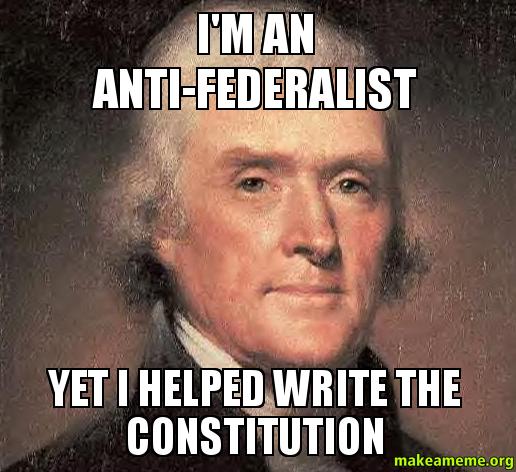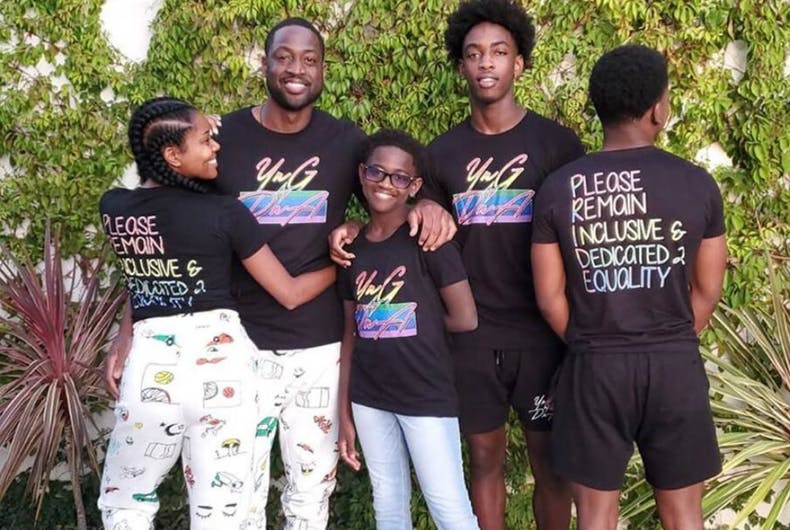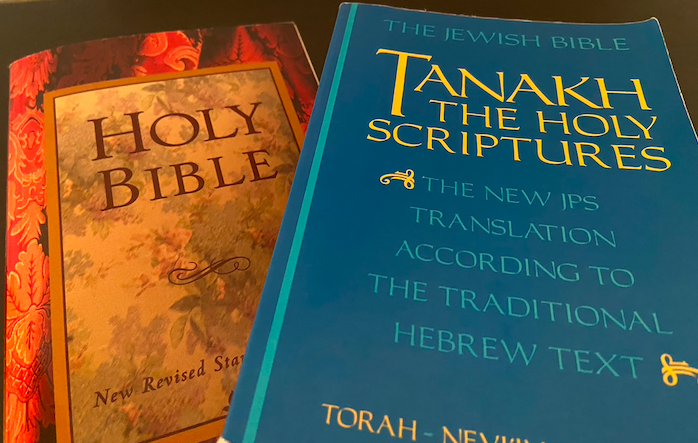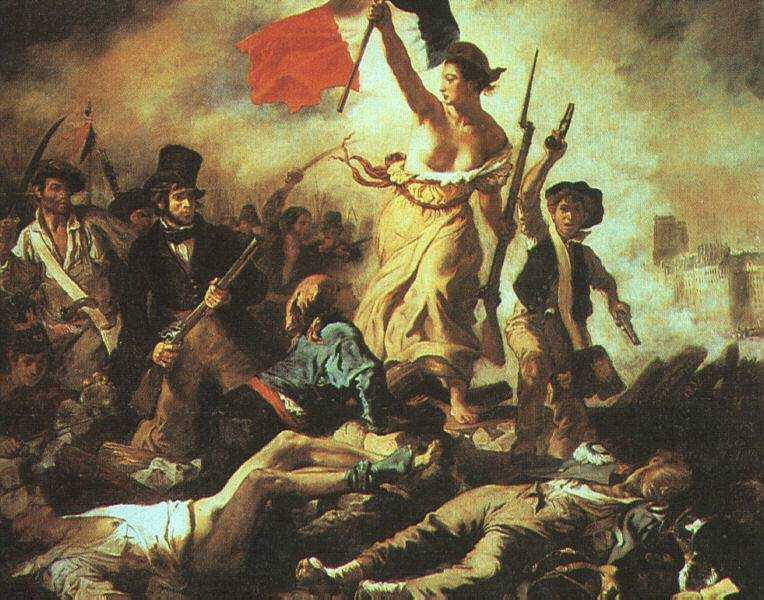This painting, Liberty Leading the People, was painted by Eugene Delacroix in 1830. It depicts a victorious view of the French Revolution with Lady Liberty holding the French flag. I’ve seen this painting several times and even had the opportunity to view it in person, and I’m always captivated by the symbolism and freedom that it seems to emit. It’s really moving. I think that it represents Schiller’s idea of combining sensual and intellectual aspects of art: it evokes a feeling of liberation while also being intellectually stimulating in capturing key symbols of the French Revolution. At a quick glance, it seems that there’s a woman holding the French flag with various men following her and brandishing firearms. The symbolism can be interpreted in how the leader is a female, in which Delacroix purposefully personifies liberty as a female, rather than a male. Another interesting aspect of the artwork is the representation of different social classes, where you can see how there’s a man in fancier clothing (tophat!) and a boy dressed in more casual attire. From this perspective, you can see that there’s more to the painting than meets the eye.
Tag Archives: liberty
Is Constitution Designed for a Federal or Anti-Federal Government?

This picture, in my opinion, represents the whole sense of conflict that you are able to see in the constitution itself and the process of making the constitution. In one way the formation of Untied States of America is to defend the people against the power of the tyranny and to provide people with necessary freedom. However, the formation of the constitution comes from the fact that the original article of confederation does not provide enough power for the government. Therefore, even though most people tend to argue that constitution is the model of modern political philosophy. Many other people nowadays are raising the question, that the liberalism that America declared at the time, is not coherent with the ideology of liberty.
My question then is: If the constitution does not fully reflect the political liberalism rising at that time. What does?
Too Young For Inalienable Rights?
Former NBA player Dwyane Wade and actress Gabrielle Union have recently revealed their 12-year-old child Zaya (known formerly as Zion) as their transgender daughter.
The married couple has received a lot of backlash for this, as many have argued that their daughter is too young to make this type of decision on her own. However, many have also supported the couple, saying that they are doing what’s right by supporting their daughter’s decision.
The Declaration of Independence states that all people are born with certain inalienable rights including life, liberty, and pursuit of happiness. However, do you think there should be a certain age limit until people are old enough to be allowed to make these types of decisions for themselves? Or did the parents make the right decision by giving their daughter freedom to find her sexuality on her own at a young age?

What liberty entails
The theme of this week’s reading emphasizes the rights of the people to liberty. Within this liberty includes the people’s freedom to choose one’s religion. It is written under the U.S. Constitution, Amendment I, “Congress shall make no law respecting an establishment of religion, or prohibiting the free exercise thereof.” This picture shows just two of the many religion that people in the U.S. are able to practice freely without worrying of consequences. In other parts of the world, in the past and even now, people still constantly struggle to express their religion due to fear of what might potentially happen to them. This right that is written in the Constitution allows us to openly speak and follow any religion that we please. We have come to the point that talking about religion even in classes is completely acceptable, I know that was not always the case in the past.
With this in mind, a question that I wonder about is, How much does this freedom affect the U.S. today and how different would it be if people are required to follow a religion enforced by the government?


